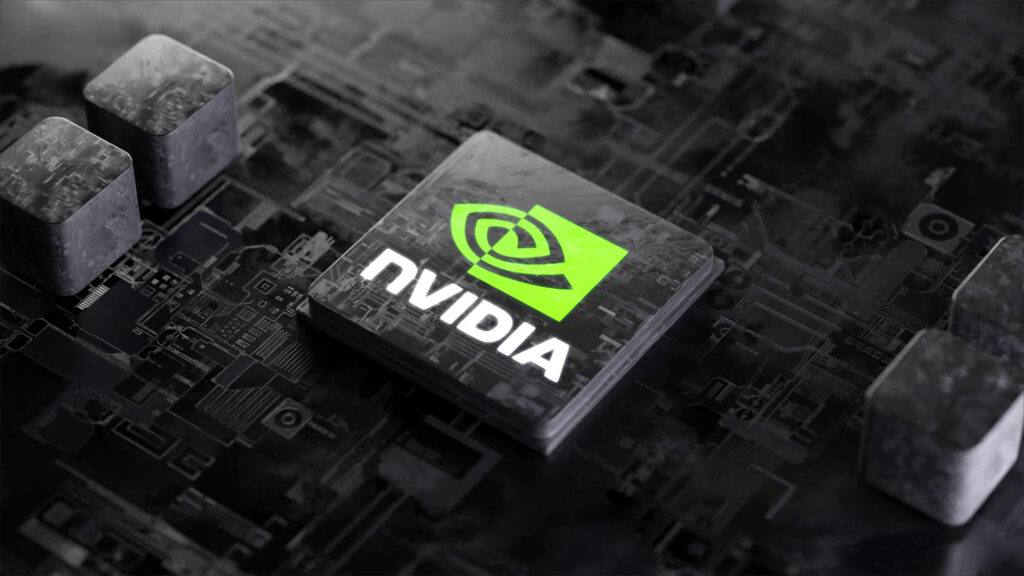
Nvidia’s Deep Learning Super Sampling (DLSS) technology has evolved significantly since its introduction five years ago. The latest iteration, DLSS 3.5, was unveiled at Gamescom 2023 and introduces AI-powered ray reconstruction. Unlike its predecessor, DLSS 3.5 is available on all RTX graphics processing units (GPUs).
Ray tracing, a demanding graphics rendering technique, involves complex calculations for pixel colors based on reflections, refractions, and material properties. DLSS 3.5 addresses this challenge with “ray reconstruction,” leveraging AI to fill in the gaps created during ray tracing.
Ray reconstruction can be employed in various ways, including denoising, which interpolates between ray-traced pixels through temporal accumulation (across multiple frames) or spatial interpolation (blending neighboring pixels). DLSS 3.5 excels in both gaming and professional 3D rendering applications.
Nvidia demonstrated DLSS 3.5’s potential with comparison images, showcasing smoother gradients, reduced splotchiness, and improved image quality in games like Portal RTX and Cyberpunk 2077.
DLSS 3.5 offers a performance boost, particularly in games with complex denoising. Nvidia’s examples showed enhanced lighting quality and improved overall visuals.
DLSS 3.5 will be compatible with all RTX GPUs, but it benefits games that utilize ray tracing effects and adopt DLSS 3.5. However, it won’t benefit AMD or Intel GPU owners.
The release of DLSS 3.5 is expected in the fall, with initial support announced for games like Cyberpunk 2077: Phantom Liberty and Portal with RTX, among others.
Additionally, Nvidia shared updates on its cloud gaming service, GeForce NOW Ultimate, which now supports high-frame-rate streaming. Xbox Game Pass support is coming to GeForce NOW, and Nvidia introduced enhancements to its Avatar Cloud Engine, including SteerLM, allowing more customizable AI responses in games and interactions.
In summary, DLSS 3.5 introduces AI-powered ray reconstruction, enhancing the visual quality and performance of games and rendering applications on Nvidia RTX GPUs. However, its impact is contingent on game adoption and limited to Nvidia’s RTX GPU ecosystem.








